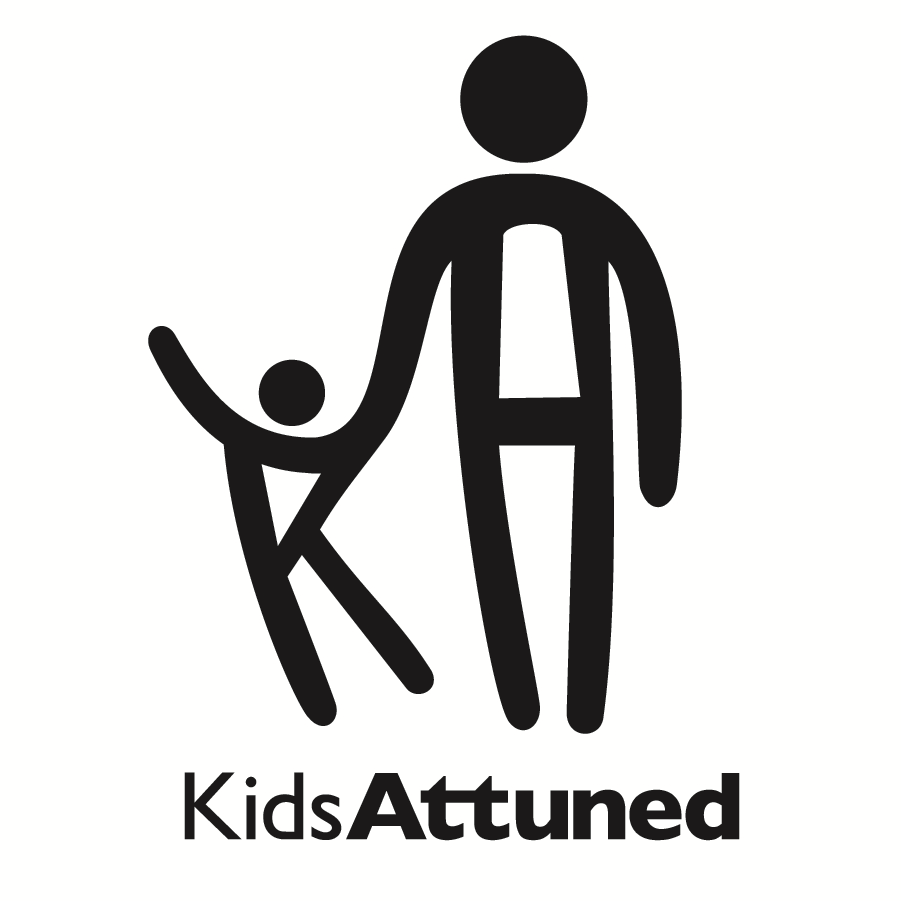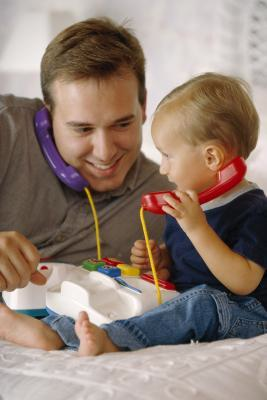Communication in Context:
THIRD-YEAR OF LIFE 24-36 MONTHS
The third year of life is a culmination of the work a child has done throughout the first two years. Children who can play symbolically with adults are able to progress to playing and communicating with their peers. Play ideas build and language capacities grow as children continually practice talking about their ideas and listening and responding to the ideas of others.
24 – 30 months
Multiple Steps in Play, Early Interactions with Peers and Asking Questions:
Between 24 and 30 months, toddlers are becoming capable of increasingly expansive play, as their ability to symbolize and take on roles grows. Children may begin to symbolize real experiences in play – often by first acting as if they are their parent or caregiver. Selective and appropriate use of toys is typical, as is a deepening of play ideas and an increasingly complex form of play that involves multiple related steps.
Communicating the Contents of the Child’s Mind
In this clip a 24 month old explores a toy kitchen. He pretends the water is coming out of the faucet and making bubbles for him to wash his hands. He combines words to describe to another person what he is doing and thinking. Note how he easily takes in directions and ideas about the toy pots and pans from the adult he is in relationship with. This interest in other’s ideas and ability to learn from them is another foundational step on the road to becoming a communicator.
..
Social referencing with language should be a common feature of communication at this point. By now, children are using social greetings and pronouns consistently, and using many words to share experiences: “Look at this! – Watch me!”, etc. Peer play is typically still parallel though children at this age are often beginning to talk with and share with each other. Children should be beginning to learn to control behavior verbally rather than just physically, marking an improvement in emotional regulation skills.
Early Peer Interaction
In this clip, two 28-month-olds play a simple game of chase. This simple interaction actually encompasses complex foundational skills such as joint attention, shared attention, staying regulated while excited, using nonverbal communication, and reading the facial expressions and intentions of others. Although language isn’t a part of this peer play interaction yet – they are communicating a great deal with each other and experimenting with communication through body language and actions.
::
Along with the growth in play, this is also, linguistically, a time of great growth. Children expand their use and understanding of action words and are using plurals. Thirty month olds understand location phrases such as “under” or “on top of” and can identify objects by their function. They move beyond just making statements and are asking questions, a critical and important step on the road to becoming curious, engaged learners and friends.
30 – 36 months
Imaginative Play with Peers, Verbalizing Emotions and Simple Sentences:
Toward the end of toddlerhood, communication and play with peers expands. Parallel play turns into interactive play when children develop the very important capacity to join ideas with another. This requires further language skills such as the ability to explain one’s ideas as well as to follow longer commands with descriptors. The ability to answer yes and no questions and respond to wh- questions expands the ability to converse back and forth with adults as well as with peers. At this age children can begin to tell caregivers about the experiences they’ve had in the past as well as play out parts of those scenarios. All this requires a strong connection between social and language development and we see another important social linguistic development occur at this stage – the ability to express emotions and physical states.
A child’s ideas are expanding rapidly at this stage, and their language and abilities to express these ideas grow as well. We see this as play becomes richer and deeper throughout this stage, with multiple steps in the play scenario.
Symbolic and Narrative Play expand
This next video clip illustrates a child who is 30 months old. She is able to add to a play cooking idea with a series of steps related to a routine the child is familiar with – having a birthday. The child can symbolize real experiences sequentially in her play – making cake in a bowl, adding candles, blowing them out and feeding the cake to her doll. Within the play, much symbolism can be found. She takes on the role of the doll’s mama and speaks to her baby like a mama would. She also pretends similar objects are the items in question, substituting playdoh for cake and crayons for candles.
::::
Another very important aspect to play develops at this stage – the capacity to engage in play about less familiar themes. Children have more ideas and can sequence them now. Play gets more creative and fun as children can add novel ideas to their familiar routines. A longer attention span, critical to maintaining and enriching play, is also a part of this stage. Often, 3 year olds can stay with one activity for up to 10 minutes, can build on the ideas of adults and each other, and enjoy the ideas and challenges others set forth in the co-creation of play. Peer play builds and begins to include more interactive language and the ability to take turns and negotiate.
Expanded Peer Play
In this clip, two 3-year-olds engage in play together pretending to ride a choo-choo train. They make comments to each other and exchange affective smiles. We see the children direct language to each other – suggestions, questions, answers, requests, and new ideas are shared verbally. The play idea of riding the train is expanded upon by pretending the train is taking them to the playground.
::
In the best circumstances, infants and toddlers learn how to play, be social and use language with joy and with ease. The warm, playful, loving relationships in which children typically engage in to learn how to communicate can and should be replicated in the therapeutic environment. This is especially important when children have developmental disabilities that are affecting their communication development. In typical development, language does not develop in a vacuum and therefore cannot be remediated without considering play, social-emotional, physical and cognitive development. It is imperative that work on foundational capacities is not skipped over in the rush to build a child’s verbal language. The practices set forth in play-based, developmental approaches give adults the support and know-how to help children become interactive, communicative and playful through being interactive, communicative, and playful themselves. These are truly important goals for us all.
Sources:
Gerber, S. Developmental-pragmatic approaches/strategies. In F. Volkmar (Ed.), Encyclopedia of Autism Spectrum Disorders, 2013
Gitlin-Weiner, Sandgrund and Schaefer. Play Diagnosis and Assessment, 2nd Edition. New York: Wiley, 2000.
Greenspan, Stanley and Weider, Serena. The Child with Special Needs. Cambridge, Massachusetts: Perseus, 1998
Lahey, Margaret. Language Disorders and Language Development. New York: Macmillan, 1988
Prizant, Barry, et al. The SCERTS Model; A Comprehensive Approach for Children on the Autism Spectrum. Baltimore: Brookes, 2006
Rossetti, Louis. The Rossetti Infant-Toddler Language Scale. East Moline, IL: LinguiSystems, 2005
Weitzman, E. and Greenberg, J. Learning Language and Loving It: A guide to promoting children’s social, language and literacy development in early childhood settings. Toronto: The Hanen Centre, 2002
Wetherby, Amy and Prizant, Barry. Autism Spectrum Disorders: A Transactional Perspective Baltimore: Brookes, 2000
Social Communication Birth to Three
Enter the text or HTML code here


